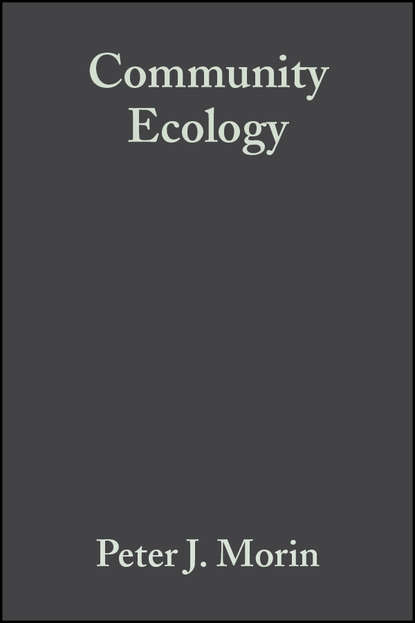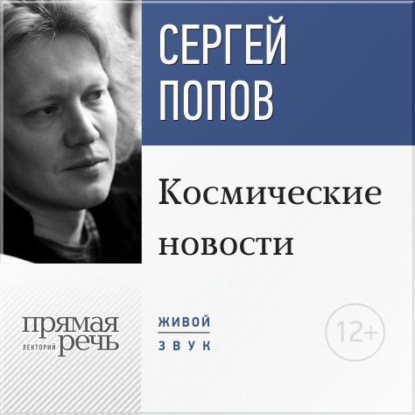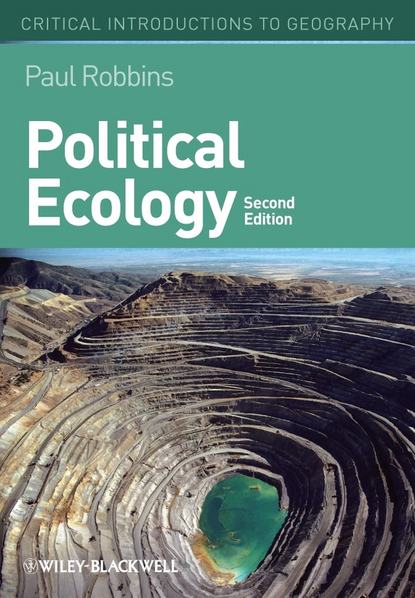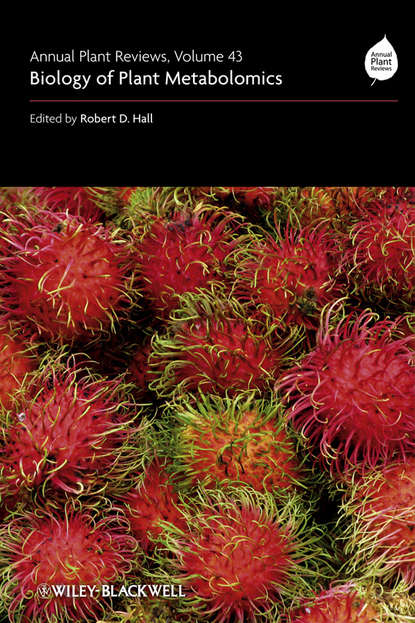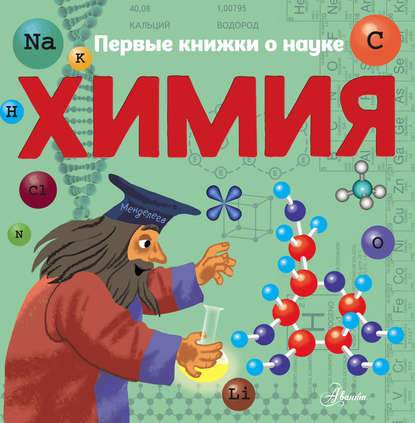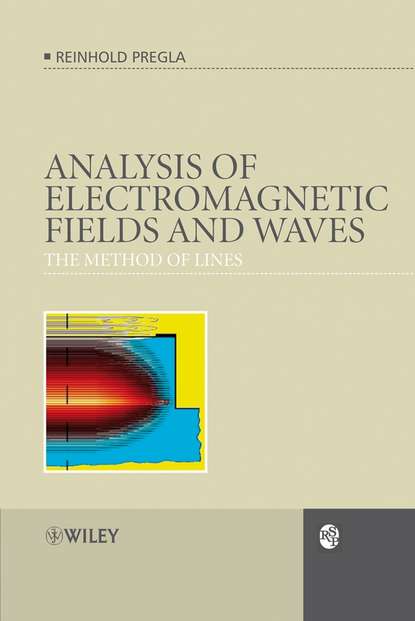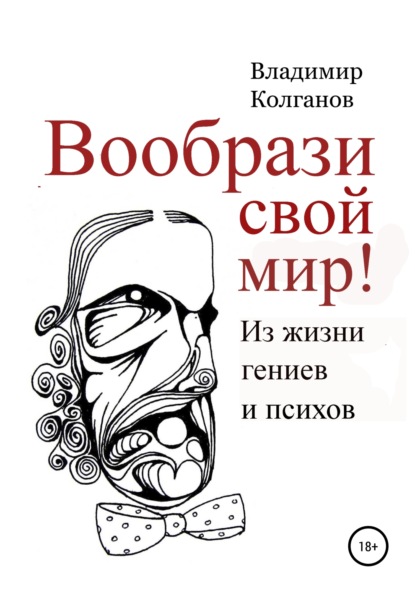Community Ecology (Экология сообщества) – это область науки, изучающая закономерности и процессы, связанные с взаимодействием двух или более видов живых организмов. За последние два десятилетия она стремительно развивалась благодаря новым и более совершенным методам исследования, прогрессу в математической теории и моделировании, а также увеличивающемуся давлению на окружающую среду со стороны человечества. Если раньше это была преимущественно описательная наука, то сегодня она является одной из самых перспективных областей научного исследования. В своей книге автор Морин мастерски рассказывает о главных принципах и центральных концепциях экологии сообществ – конкуренции, хищничестве, пищевых цепях, косвенных взаимодействиях, выборе местообитаний, разнообразии и сукцессии. Чтобы дать более сбалансированное представление, Морин приводит примеры из водной и сухопутной среды, а также из растительного и животного мира. Он также подчеркивает, что как эмпирический, так и теоретический подходы необходимы для развития экологии в новом тысячелетии. В заключительной главе автор демонстрирует, как экология сообществ может применяться к решению проблем, связанных с человеческой деятельностью в экосистемах. Это может помочь в разработке стратегий управления важными заболеваниями, передаваемыми животными, а также в восстановлении и реконструкции жизнеспособных сообществ. Эта книга является обязательной для всех студентов и специалистов, интересующихся сообществами живых организмов, и является важным вкладом в развитие этой науки. Это первый серьезный учебник за десять лет по одной из ключевых поддисциплин экологии, который охватывает широкий таксономический и средовой спектр и включает раздел о влиянии экологии сообществ на проблемы окружающей среды.
Community Ecology by Peter Morin. This text was hard to understand, but luckily my friend helped me to understand it and summarize it. Even though I didn't know the book before, I'll try to describe it to you. Community ecology is a science that studies patterns and interactions between two or more different types of organisms called species. This field has been advancing quickly in recent decades due to improvements in our understanding of theoretical and experimental methods, and more complex mathematical models. One important aspect of community ecology is the examination of how environmental conditions affect the survival of particular species that inhabit an ecosystem. Community ecologists also examine how different species interact with each other, especially when it comes to competition for food and resources. This is an extremely important topic to understand in terms of legality agriculture, forestry and wildlife conservation. Morin guides the reader clearly through his teachings on community ecology including some interesting examples that derive from his own research. He also stresses the importance of combining theoretical methods with actual experiments when studying nature. With the final chapter focusing on applying community ecological principles to practical situations and real world settings, Morin helps the reader understand just how easily the complex interactions within ecosystems can be translated into scenarios that influence not only our world but also the environment. Overall, it's clear to see why Community Ecology is such an important text for anyone studying ecology or intending to become one. It is one of many recent publications that provide solid theoretical groundwork for future research in this key area.
Peter Morin’s Community Ecology offers a general introduction to the community aspects of biology, particularly focusing on community compositions, dynamics, interactions, biodiversity and how human influences impact communities, both positively and negatively. This progressive text is designed for a contemporary and global audience.
Электронная Книга «Community Ecology» написана автором Peter Morin J. в году.
Минимальный возраст читателя: 0
Язык: Английский
ISBN: 9781444312317
Описание книги от Peter Morin J.
Community ecology: the study of the patterns and processes involving two or more species – has developed rapidly in the last two decades, driven by new and more sophisticated research techniques, advances in mathematical theory and modeling, and the increasing pressure on the environment wrought by humans. Once a purely descriptive science, it is now one of the most forward-looking areas of scientific inquiry. Morin skillfully guides the reader through the main tenets and central concepts of community ecology – competition, predation, food webs, indirect effects, habitat selection, diversity, and succession. In an attempt to introduce the reader to the most balanced coverage possible, Morin includes examples drawn from both the aquatic and terrestrial realm and from both plant and animal species. Balancing theory with experimentation and drawing on exciting new studies to complement the historical foundations of the discipline, he also stresses that both the empirical and theoretical approaches are necessary to drive ecology foward into the new millenium. The final chapter on applied community ecology ably demonstrates how community ecological processes have a wide environmental relevance. Although in its infancy, the application of community ecology to emerging problems in human-dominated ecosystems could mitigate problems as diverse as management strategies for important diseases transmitted by animals and the restoration and reconstruction of viable communities. Required reading for all students and practitioners interested in community phenomena, Community Ecology marks an important contribution to the development of this protean discipline. The first serious textbook for a decade on one of the keystone subdisciplines of ecology. Broad taxonomic and habitat coverage. Section on implications of community ecology for environmental issues.
